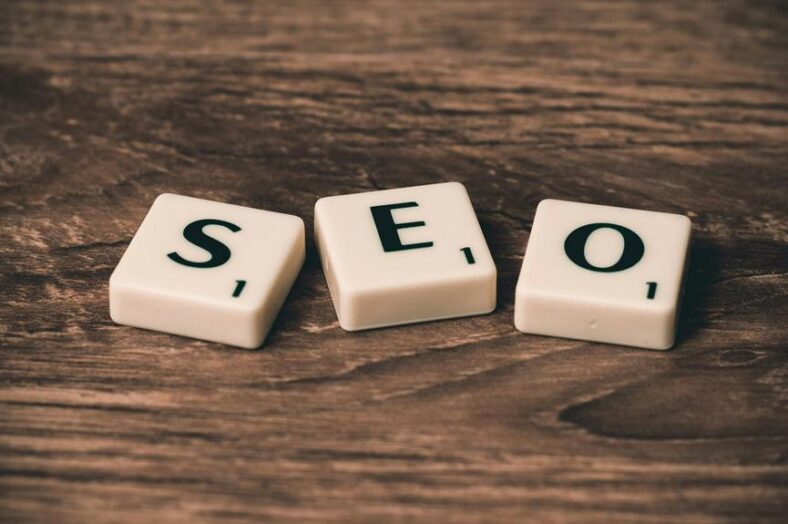When it comes to WordPress maintenance, understanding the pricing structure is essential for website owners looking to guarantee the smooth operation of their online presence. The cost can vary greatly based on a variety of factors, leading to a range of possible monthly fees. Considering the balance between quality and affordability in maintenance services is a pivotal aspect that can impact the overall success of a website. By exploring the intricacies of WordPress maintenance pricing, individuals can make informed decisions that align with their specific needs and requirements, ultimately contributing to the sustained performance and security of their digital platform.
Factors Affecting Maintenance Costs
Key factors that influence the costs associated with maintaining a WordPress website include:
- The complexity of the website design
- The number of plugins used
- The need for regular updates
- Security measures
- Hosting services
- Ongoing support
These factors, along with the size of the website and the frequency of content updates, all contribute to the maintenance costs. It is important to consider these elements when budgeting for the continuous operation of a WordPress site.
Average Monthly Maintenance Price
The costs of maintaining a WordPress website can vary greatly based on several factors. The average monthly maintenance price reflects the combined expenses of essential upkeep tasks. This average monthly maintenance price typically ranges from $75 to $200 for small to medium-sized websites.
Factors such as the complexity of the site, required updates, security measures, and additional services can influence this cost. Regular maintenance is essential for top-notch website performance and security.
Additional Costs to Consider
When considering WordPress maintenance costs, it is vital to keep in mind any other expenses besides the average monthly fee. Additional costs may include plugin or theme purchases, custom development work, SSL certificate fees, and backup storage solutions. It is important to budget for these potential extra expenses to guarantee that your WordPress website runs smoothly and securely. Below is a table summarizing these additional costs:
| Additional Costs | Description |
|---|---|
| Plugin or Theme Purchases | Cost of premium plugins or themes |
| Custom Development Work | Fees for personalized website modifications |
| SSL Certificate Fees | Expense for securing website with HTTPS |
| Backup Storage Solutions | Cost of off-site backup services |
DIY Vs. Professional Maintenance
Considering the complexity and potential costs associated with WordPress maintenance, the decision between DIY and professional maintenance services can have a substantial impact on the overall performance and security of your website.
While DIY maintenance may seem cost-effective initially, it requires technical expertise and time commitment. Professional services offer specialized knowledge, regular updates, and faster problem resolution.
Assess your needs and capabilities before choosing the most suitable maintenance approach.
Tips for Cost-Effective Maintenance
For ideal cost-effectiveness in WordPress maintenance, implementing strategic practices can help maximize efficiency and minimize expenses. Regularly updating plugins and themes, optimizing images, and cleaning up unused data can improve website performance and reduce the need for extensive repairs.
Utilizing automated backups and security measures can prevent costly downtime due to cyber threats. Additionally, outsourcing routine tasks to specialized professionals can save time and money in the long run.








